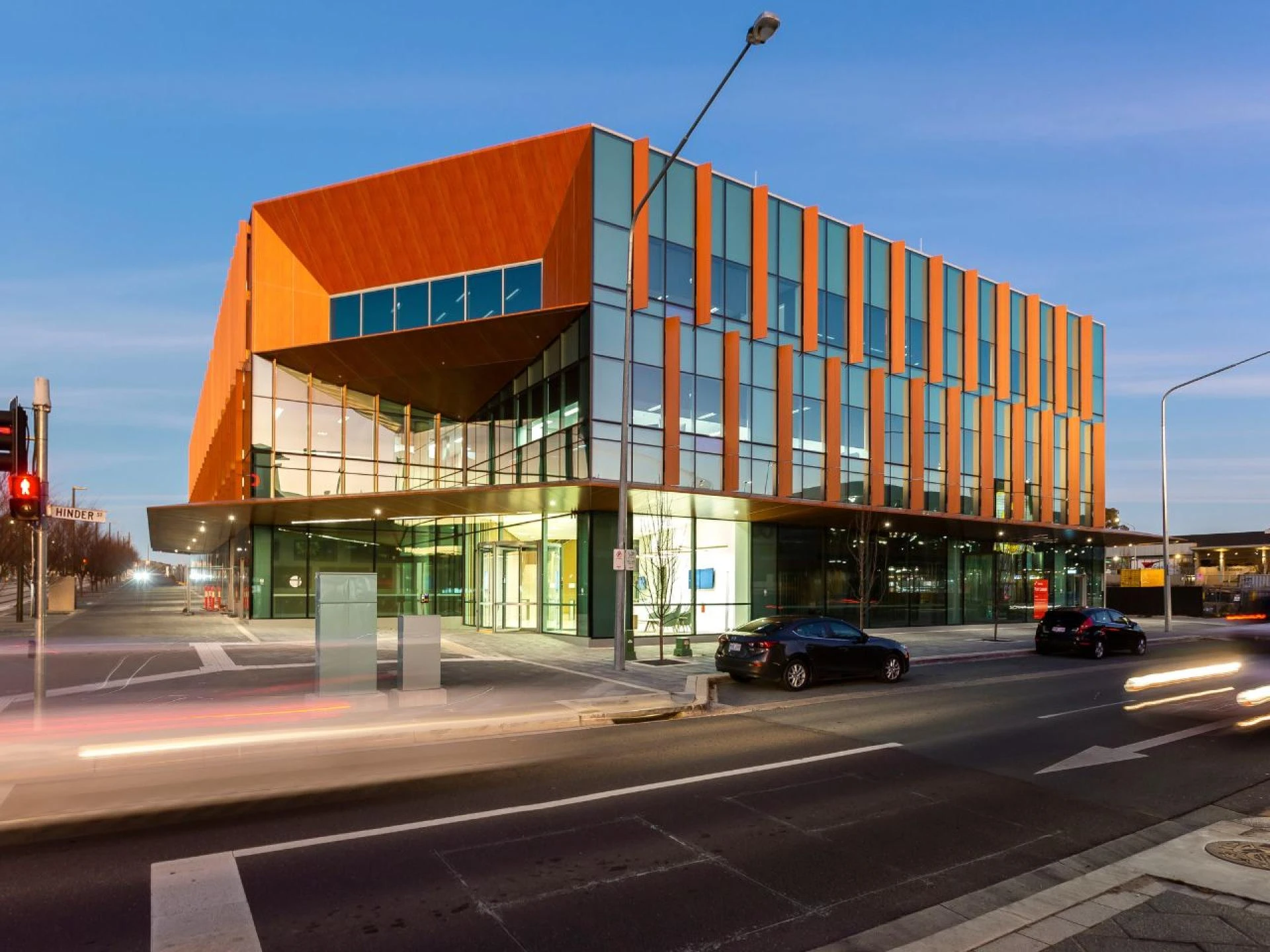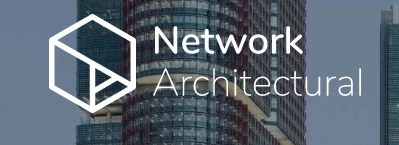This article exploresthe use of non-combustible cladding in Australia, and how it is addressing the growing concern about building safety.
Non-combustible cladding in Australia has become a significant topic in the world of building safety. This concern arises from a series of tragic events where building fires have been exacerbated by the use of combustible cladding materials. Non-combustible cladding is seen as a key solution to enhance the safety of buildings, particularly high-rise structures.
Understanding Non-Combustible Cladding
Cladding refers to the external layer on a building's structure. Traditionally, various materials have been used for cladding, including wood, metal, and plastic composites. However, the key difference with non-combustible cladding is its resistance to fire. These materials do not contribute to the spread of fire, providing crucial extra minutes for evacuation and firefighting efforts.
The Importance of Non-Combustible Cladding
The primary importance of non-combustible cladding lies in its ability to prevent the rapid spread of fire. In several tragic incidents, combustible cladding has been a significant factor in the rapid escalation of fires. Non-combustible materials can significantly reduce this risk, making buildings safer for occupants.
Regulations and Compliance
In response to the increased awareness of the dangers posed by combustible cladding, many countries have revised their building regulations. These revisions often include stringent requirements for the use of non-combustible materials in building construction, particularly in high-rise buildings where the risk and potential impact of a fire are greater.
Material Innovations
The push for safer building materials has led to significant innovations in the field of non-combustible cladding. Materials such as reinforced fibre cement, stone wool insulation, and certain metal composites are gaining popularity. These materials not only offer resistance to fire but also provide durability, energy efficiency, and aesthetic versatility.
Challenges in Implementation
Despite the clear benefits, there are challenges in implementing non-combustible cladding. The primary challenge is the cost, as these materials can be more expensive than traditional combustible options. Additionally, retrofitting existing buildings with non-combustible cladding can be a complex and costly process.
The Role of Government and Industry
Governments play a crucial role in enforcing regulations and ensuring compliance. They can also support the transition to non-combustible cladding through funding and incentives. The building industry, on its part, needs to embrace these changes, investing in new technologies and training for the implementation of safer cladding solutions.
Public Awareness and Education
Educating building owners, architects, builders, and the general public about the importance of non-combustible cladding is vital. Awareness campaigns and educational programs can play a significant role in promoting the adoption of these safer materials.
The Path Forward
As we move forward, the adoption of non-combustible cladding will be crucial in ensuring the safety of buildings. This will require a collaborative effort from governments, the building industry, and the public. The aim should be not just compliance with safety regulations but a genuine commitment to the protection of lives and properties.
Summing up, non-combustible cladding in Australia is more than just a building trend; it's a necessary evolution in construction practices. With the right combination of regulations, material innovation, industry participation, and public awareness, we can make our buildings safer and prevent tragedies related to building fires. The transition to non-combustible cladding is not just a technical challenge but a moral imperative in our pursuit of safer living and working spaces.



